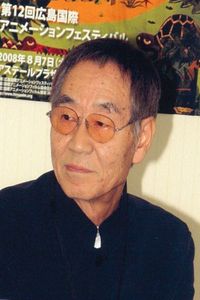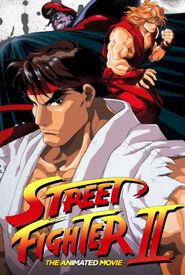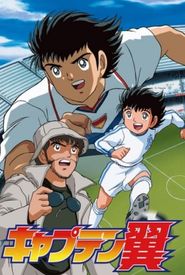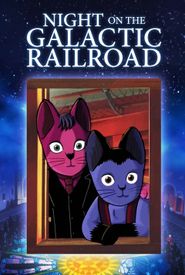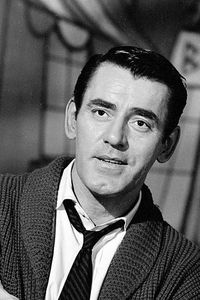Gisaburō Sugii was born in the city of Numazu, where his remarkable journey in the world of animation was about to unfold. Between the years 1958 and 1961, he joined Toei Doga as an animator, a decision that would ultimately lead to a lifelong friendship with the renowned animation director, Osamu Tezuka. When Tezuka left Toei Doga to establish his own production company, Mushi Production, Sugii was invited to join him, and he remained with the company until 1967.
During his tenure at Mushi Production, Sugii was promoted to animation director and eventually took on the role of director for several notable animation TV series, including "Iron Arm Atom" and "Great Adventure of Son Goku". Following this experience, Sugii transitioned to a freelance career, but he continued to work with Mushi Production as an animation director on several films, including the company's final film, "Belladonna", which was released in 1973.
In 1969, Sugii joined Group Tack, a small studio, for the first time, and it was here that he would create some of his most iconic films. His directorial debut, "Jack and the Beanstalk", was released in 1974 and marked the beginning of his specialization in adapting manga works by Mitsuru Adachi. Sugii went on to direct the animation film version of "Nine" in 1983, as well as the TV series adaptations of "Touch" (1986-87) and "A Beautiful Sun Beam" (1988).
Sugii's artistic approach to animation was showcased in his films "Night On the Milky Way Railroad" (1985) and "Tale of Genji" (1987),which further solidified his reputation as a master of the craft.
